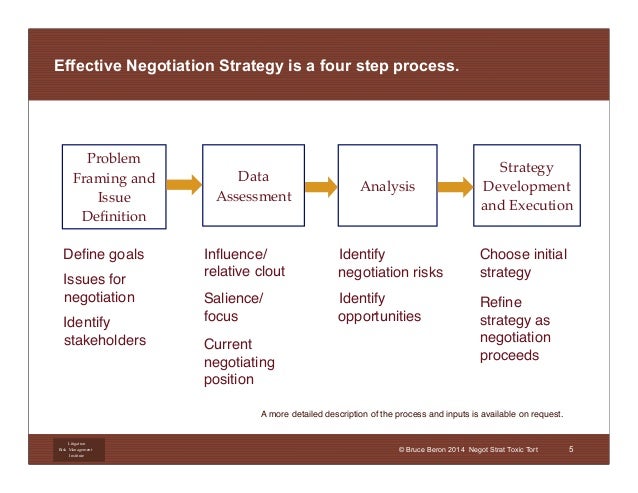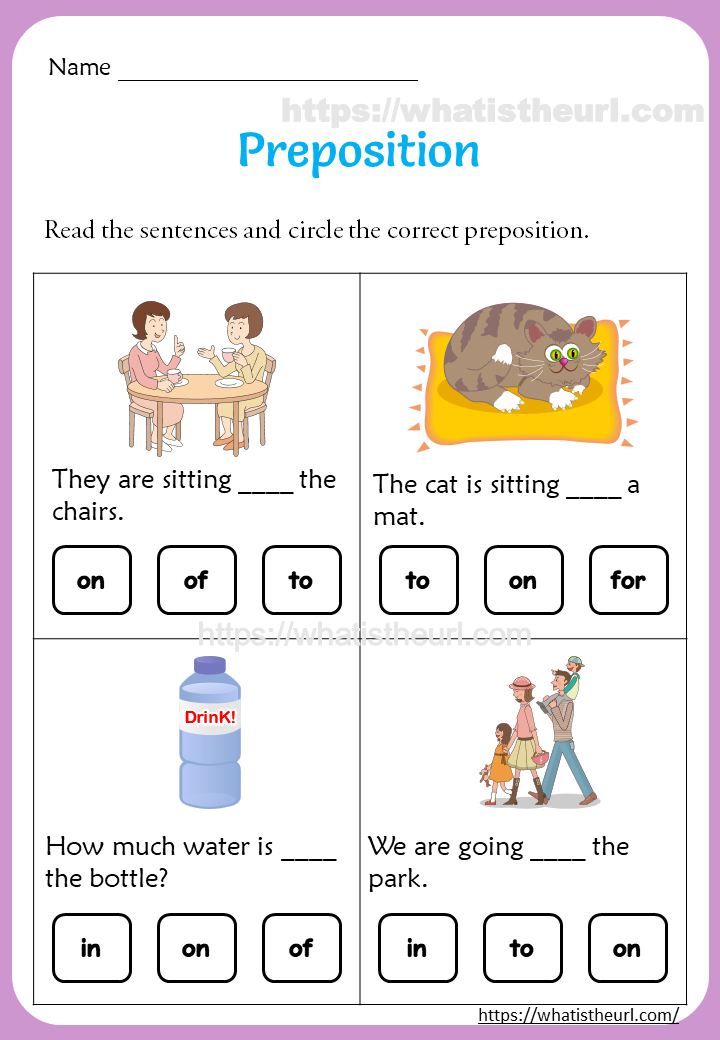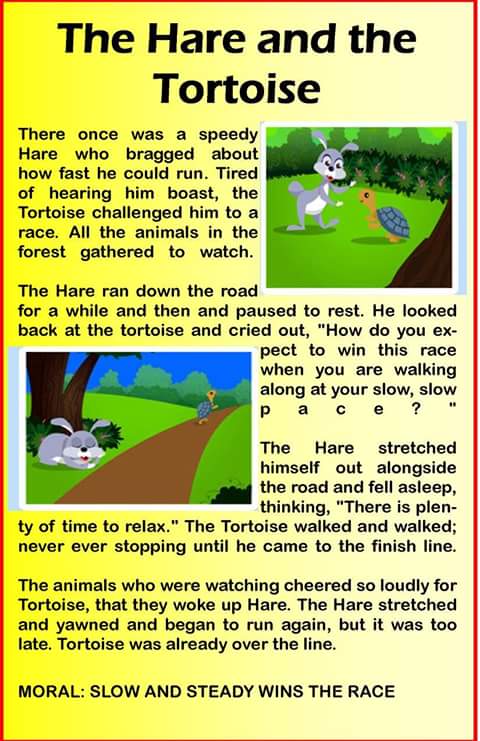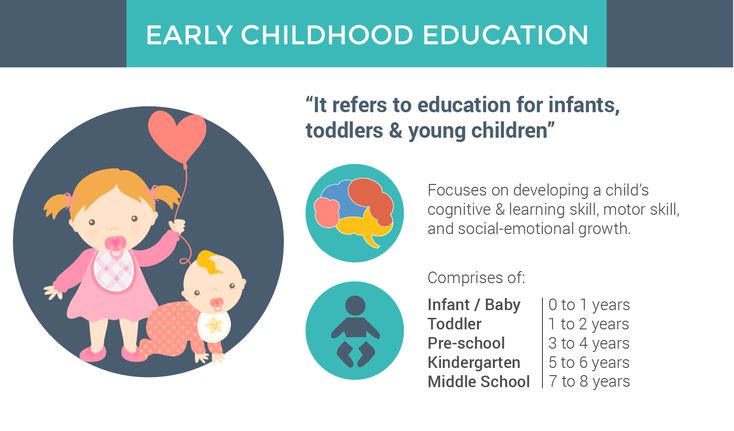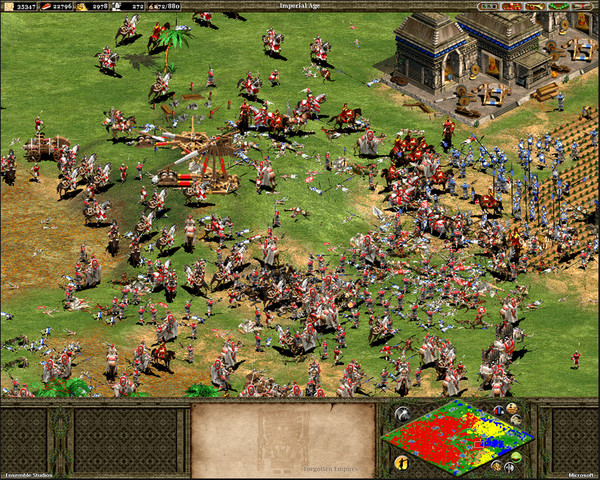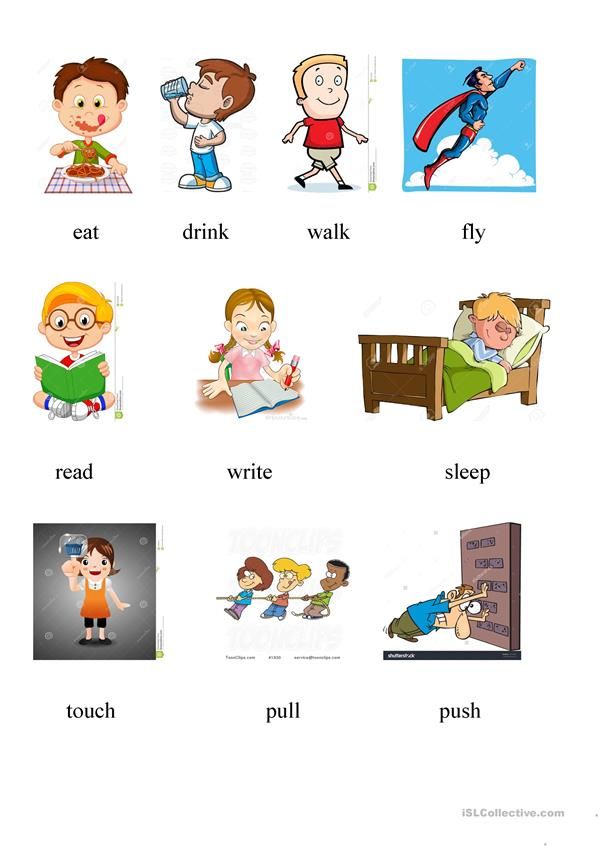Story impression strategy
Creating Story Impressions – DM Reading Strategies
Overall Concept – Creating story impression is a great way to establish curiosity inside the classroom. This strategy helps students anticipate/predict what the story they are preparing to read could possibly be about. Which could/will add excitement to the lesson, because they’re trying to guess the narrative of the text.
Steps to implement this strategy in the classroom
- Introduce the strategy to the students. This will be done through oral communication.
- Create a story chain using tech
- Connect clues together
- Demonstrate how to write the story
- Have students read their predictions aloud
- Afterwards read the text
Story Chain
- Using one of the several tools (smartboard, whiteboard, transparency overhead paper) create a story chain that’ll help present clues to the students.
- A story chain are words related to the text, story, passage that the students will be reading.
- After viewing the story chain (clues) the students will have a couple of minutes to formulate a conclusion involving the words (guess).
American History Example:
- Frontier;
- Congress Passed Tax;
- March 1791,
- Alexander Hamilton;
- Federal Debt Solution;
- Farmers;
- Corn;
- Rebellion
Connections
- Read the clues as a class
- Try to connect similar words that could assist the students in a possible conclusion
- Using the Story Chain we will try to connect these words through discussion
- Possible Connections?
- Congress passed Tax – Federal Debt Solution (whenever the government attempts to cut federal debts new taxes have to be created, or jerry-rigged)
- Congress passed Tax – Federal Debt Solution – Alexander Hamilton (Hamilton could also be connected with those two words (phrases) because Alexander Hamilton was the Secretary of Treasury).
Clarification/Demonstration
- After the words within the story chain have been connected, you will want to demonstrate to the students how they should be writing their guesses/predictions for the upcoming passages they’ll be reading.
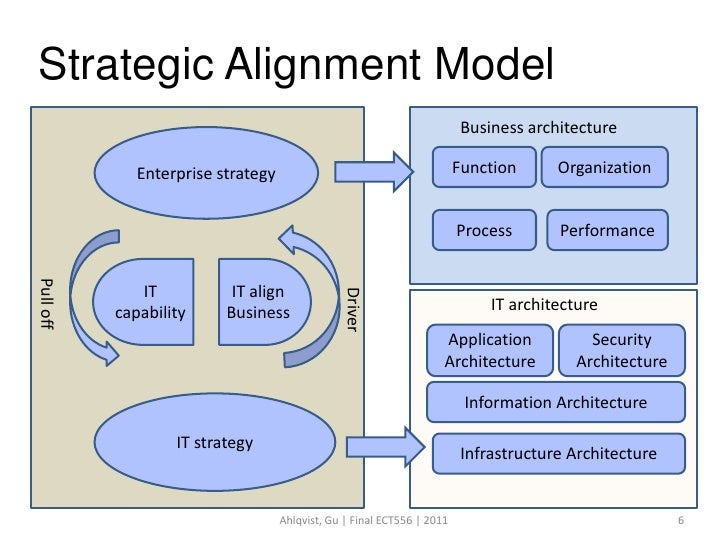
- For my example I am using a textbook, but any type of reading example could be used for this strategy.
- The students will write out their predictions in a paragraph of two. This could vary depending on how much inspiration was received from the story chain
- This prediction should be comprehensible. Written in complete sentences. No bullet points (too easy)
- Since the paragraph(s) is an informal assignment, thus not graded, the students should be encouraged to have fun.
- Let their creative juices flow
Reading Aloud Guesses/Predictions
- After all the students have completed a paragraph consisting of their guess for the upcoming text ask for volunteers to share.
- You will probably not be able to have everybody share their predictions aloud, but try to select a few.
- This could also help make students comfortable with sharing in future instances. Since there are no wrong answers.
Additional Information
- Students can even work in groups.
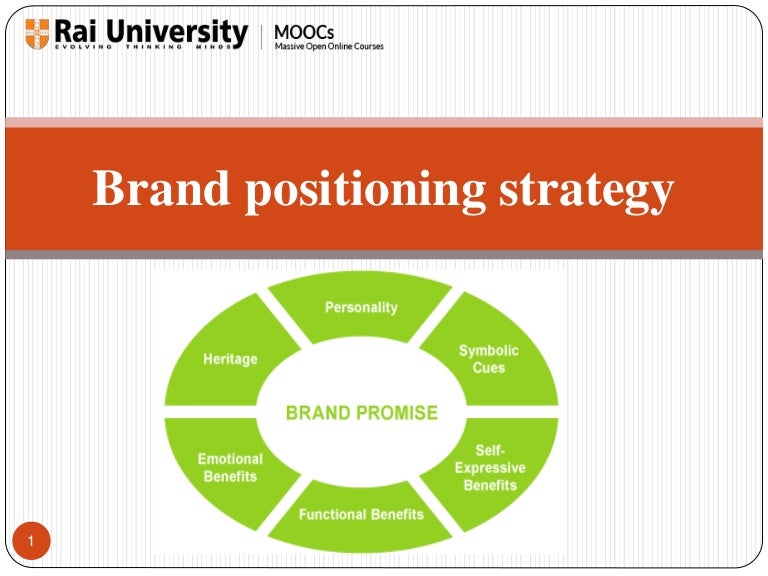
- Since it is an informal assignment, you can use whatever means you feel necessary to create curiosity and excitement in the classroom.
Classroom Example
Now that you know what the strategy entails, let’s try seeing if anybody will be able to correctly guess the story from the chain
Can these words be connected?
Let’s write out a short paragraph prediction
ELL and ESE
The Creating Story Impressions strategy is a great activity to use for ELL and ESE students, because you are helping them engage in the reading. By having them generate predictions for the passage or chapter they’ll be reading you are allowing them to become comfortable with the text. Also they are becoming familiar with terms that’ll be appearing. Also since the prediction paragraph is an informal activity, you can let the students’ creative juices flow. They don’t need to worry about writing an incorrect predictions.
Like this:
Like Loading...
Story Impressions: Judging a Book by its Key Words : Lesson Plans : Thinkmap Visual Thesaurus
Lesson Question:As a pre-reading activity, how can students piece together a plausible narrative based on a list of key words from the novel Holes?Applicable Grades:3-12Lesson Overview:In this lesson, small groups of students write original narratives based on a short list of key words and names from the Louis Sachar novel Holes.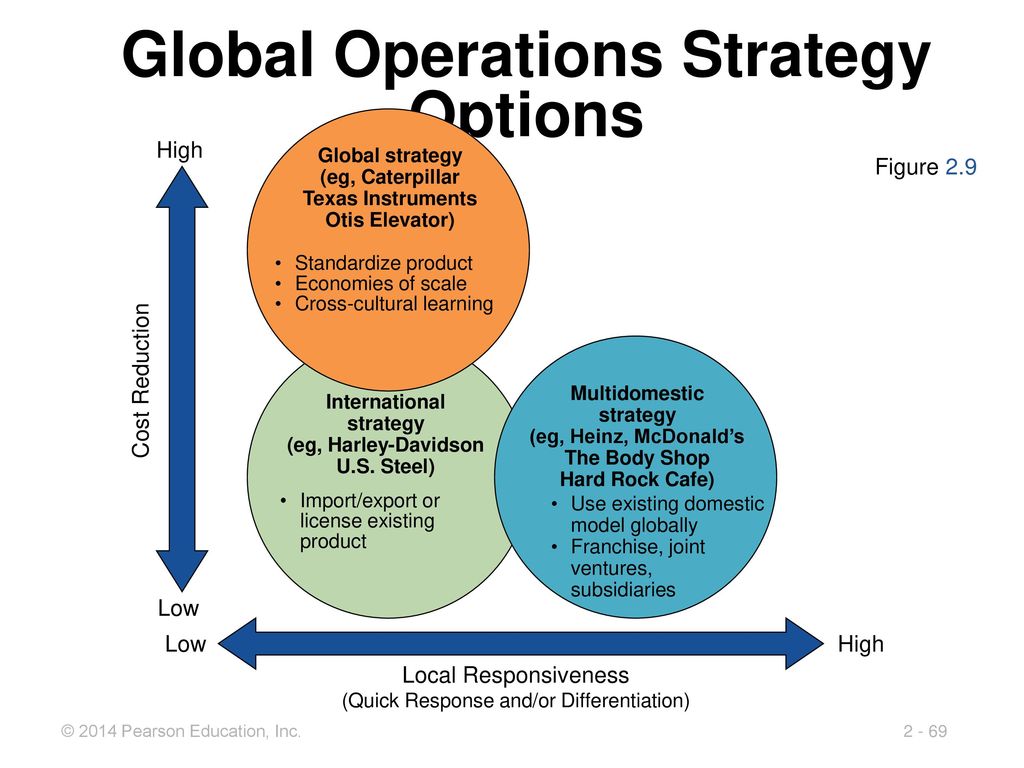 This pre-reading activity builds word awareness, hones predictive skills in reading, and reviews the basics of narrative structure. This pre-reading activity builds word awareness, hones predictive skills in reading, and reviews the basics of narrative structure. Length of Lesson:One hour and a halfInstructional Objectives:Students will:
Materials:
Related resources:This lesson was modeled after McGinley and Denner's "Story Impressions" strategy, as described in their article "Story impressions: A prereading/writing activity" (Journal of Reading, December 1987). Read more about the award-winning novel Holes at Louis Sachar's web site. Warm-up:Reviewing Narrative elements:
Instruction:Introducing a novel through a set of word clues:
Using the Visual Thesaurus to explore word clues:
Writing original narratives:
Sharing stories:
Wrap-up:Comparing and contrasting student stories with Sachar's novel:
And here is the plot teaser from the inside cover flap, available on Amazon.com: Extending the Lesson:
Assessment:
Educational StandardsLanguage Arts Standard 5. Uses the general skills and strategies of the reading process
Standard 6. Uses reading skills and strategies to understand and interpret a variety of literary texts.
See also the Common Core State Standards for ELA and Literacy (PDF, pages 29, 53, and 55) Sign up for email Click here to read more articles from Lesson Plans. |
Sign up for email |
About Us Become an Affiliate Technology Licensing Contributors Contact Us Copyright ©1998-2022 Thinkmap, Inc. All Rights Reserved. Terms of Use
Already a Subscriber?
"50 strategies that changed history" - What to read on vc.ru
Success stories of Facebook, Amazon and Microsoft.
8814 views
Large corporations did not become such by chance - each founder of the company had his own business development strategy. The vc.ru editors publish an excerpt from the book “50 Strategies That Changed History” about three global IT market giants.
In 2004, Mark Zuckerberg was a 20-year-old Harvard student obsessed with computer coding. Inspired by college textbooks that include information about students, he decided to create a website for fellow university graduates.
This is what Facebook looked like in 2006
When his innovation became popular, Zuckerberg realized that he wanted nothing more than to "help people become more open" in the Internet age.
From a young age, Zuckerberg showed a talent for programming, which brought him to the attention of Microsoft. However, he turned down the opportunity to work in Silicon Valley and entered Harvard in 2002.
It didn't take long for him to gain a reputation on campus for his extraordinary IT skills. He created Facemash, a site that hosted hacked photos of students and encouraged its visitors to judge those photos in a "hot or not" style.
For illegal use of these images, Zuckerberg was reprimanded by the college.
In February 2004, he and a small group of friends launched thefacebook.com in a dorm room. In the coming years, those who contributed during the launch stage became the initiators of several costly lawsuits.
Obviously, Zuckerberg was the main creator of the social network, drawing inspiration from already existing services (Friendster and Myspace).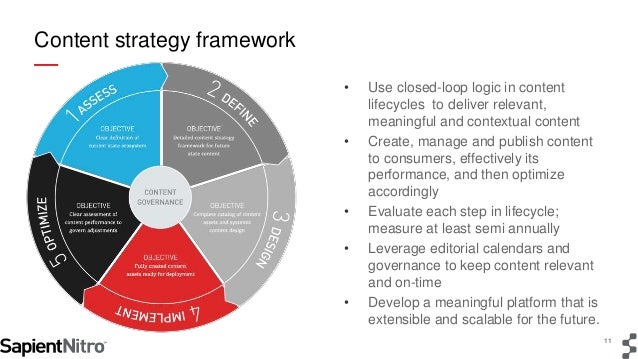 Thefacebook.com was only available to Harvard students.
Thefacebook.com was only available to Harvard students.
But while a few of Zuckerberg's "brothers in arms" were happy that they had achieved such success at the university, Zuckerberg himself dreamed of more. About something more global.
Discovery of the world
After the site expanded to other colleges and universities across the US, Zuckerberg decided not to talk, but to act.
He withdrew from his studies to concentrate entirely on his business, moving his job to Palo Alto, California. In 2005, he shortened the company's name to Facebook.
By August 2005, he had raised $13 million to grow the company. In 2006, anyone with an email could join the social network. That same year, he refused to sell his business to search engine giant Yahoo! for $ 1 billion. In the shortest possible time, Facebook turned from a student hobby into a serious business.
His rejection of Yahoo! demonstrates one of Zuckerberg's strategic strengths: a commitment to the long term.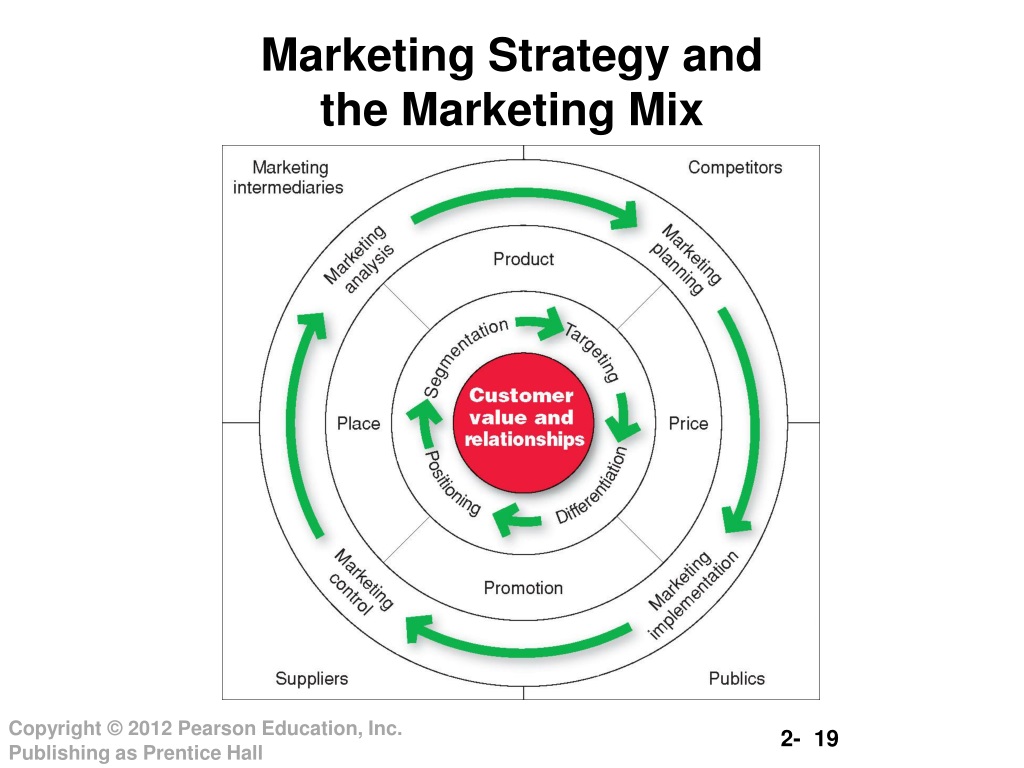 Facebook soon overtook social media giants MySpace and Friendster.
Facebook soon overtook social media giants MySpace and Friendster.
Zuckerberg has always been open about the fact that Facebook offers its users the ability to share information quickly and everywhere. In 2010, he wrote an article for the Washington Post in which he explained what makes Facebook not only brilliant, but also important:
“If people share more, the world will become more open and connected. A more open and connected world is a better world."
The Internet allows people to connect with people they would never encounter in their "real world". For example, with those who are on another continent or are a representative of another social class.
Thus, Zuckerberg wants to become the main public helper, allowing previously unthinkable things. This vision has attracted hundreds of millions of users, and Facebook has become not just a web service, but the main element of social life, which is not afraid of borders.
Combining business and pleasure
However, Zuckerberg's vision is not without controversy: as "openness" increases, privacy decreases.
In addition, given that Facebook makes most of its advertising revenue, which relies on the collection of personal information, a large number of commenters have become seriously nervous about the company's position on privacy.
They argue that many users simply do not understand how their information is stored and how it can be shared. However, Zuckerberg is not particularly remorseful and declares that people themselves compose information about themselves and decide for themselves with whom they want to share it and with whom they do not.
He once told the New York Times that he was "always trying to push the envelope." This means that Zuckerberg motivates people to be calm about things that are not yet familiar to them. A lot of this is just social norms backed up by what technology is capable of.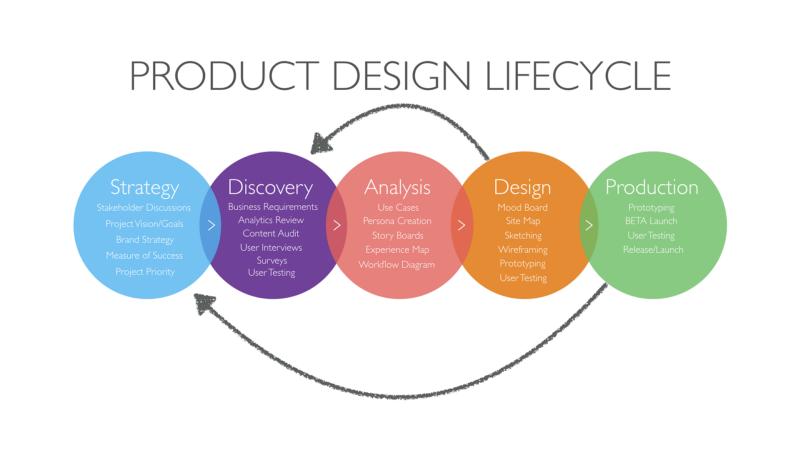
Continuous development
Undoubtedly, Facebook continues to move forward. In 2012, the company counted its billionth user and went public the same year. In 2014, the company was valued at more than $200 billion.
Zuckerberg remains true to his original goals, keeping users interested in constant innovation. He considers the site a work in progress, regularly introducing new features and functions.
Facebook founder became a billionaire in 2007. When Zuckerberg turned 30, his fortune reached $ 33 billion, but he was not going to slow down.
In 2010, he told Wired magazine: "The thing that really excites me is fulfilling the mission of creating an open society." Thus, Zuckerberg's business strategy still relies on the original purpose.
In addition to allowing friends and acquaintances to organize social events, the company is adding new features to the site that allow individuals and groups to promote political topics, advertise products and services, track down missing people, and even return lost teddy bears to children.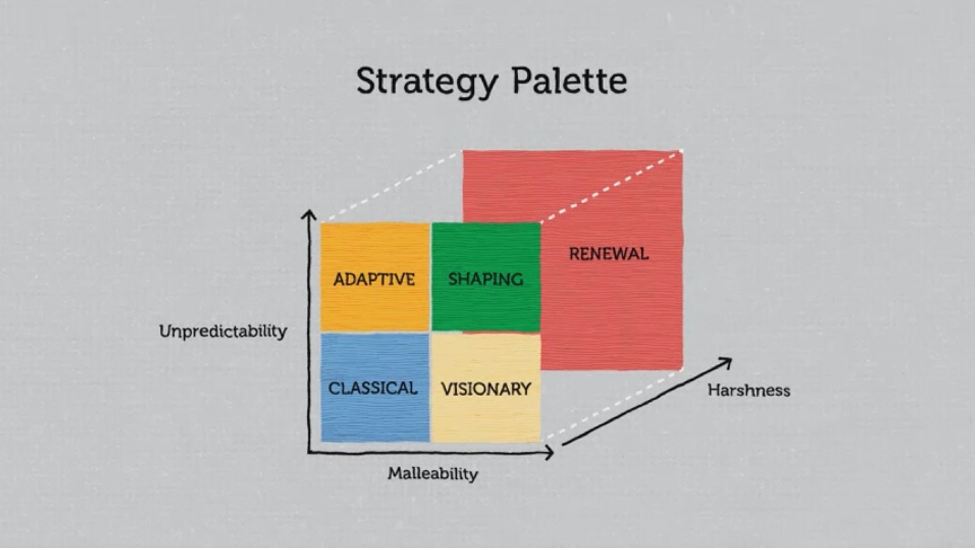
Facebook is considered a pleasant public place to work: 93% of employees surveyed in 2014 said they would recommend the company to a friend. Meanwhile, their headquarters has soup kitchens, a gym, shuttle buses to and from San Francisco, and even the opportunity to take a woodworking course at a purpose-built center (thus management hopes to teach workers to “think outside the box”).
Changing the world
In 2011, Zuckerberg said he wanted his company to "really change the world." Steve Jobs, another tech giant of today, had a similar stance, urging his peers to "make a dent in the universe."
Zuckerberg has certainly achieved this by creating an Internet phenomenon that is attractive to both big business, celebrities and politicians, as well as individuals who consider it an important tool in managing their social lives.
By combining a desire for greater openness along with brilliant programming skills and business acumen, Zuckerberg has been able to unite our world better than anyone else.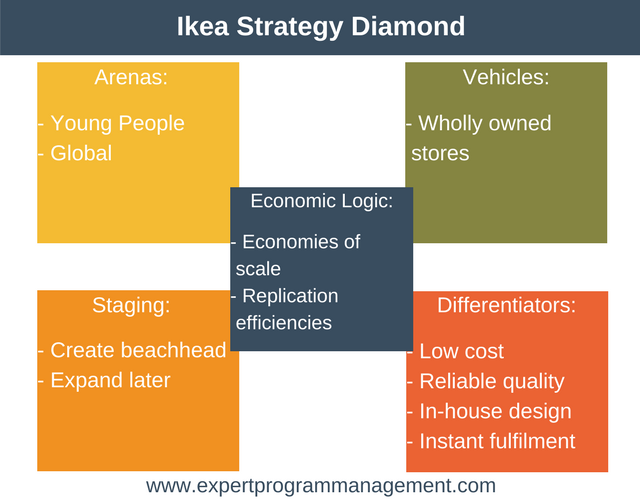
While not a pioneer in the marketplace, Facebook has spurred the evolution of social media so that today the company even plays a major role in electing a president and overthrowing a government.
Facebook maintains its status as the number one social network worldwide, but it also creates a space in which other giants have begun to grow.
Founded in 2006, Twitter offers a unique service that allows users to communicate with each other in 140-character tweets.
By mid-2014, Twitter had 500 million users. His influence has been all over the place, helping to "evolve" stars like Justin Bieber and Kim Kardashian, changing the way the news is told and allowing people to be mobilized instantly. His influence was such that it is almost unimaginable to imagine a time when we lived in a world without social networks.
Amazon
Bezos created Amazon after reading a report on the growth of e-commerce in early 1990-s.
Deciding to take advantage of this opportunity, he created a list of twenty products that were best suited for online sales.
Initially deciding to focus on books, he created Amazon, which was the largest online bookstore. Since then, it has grown into a multi-merchandise retail store unrivaled in its global reach.
Bezos first named his business cadabra.com, but then changed the name because he thought cadabra was very similar to cadaver, a corpse. He decided to name the company Amazon, which was strongly reminiscent of something exotic and grandiose.
Glass Sphere Complex by Amazon (Seattle)
In addition, the name begins with the letter A and has the letter Z, hinting that customers can find almost any product "from A to Z" on the company's website. Bezos understood that in the online world, branding is a very important step.
Bezos built the company "on the knee" using his own funds. Like Mark Zuckerberg, Bezos wanted to establish himself permanently in a fast-growing online environment where many competitors only looked to the short term.
Amazon sold its first book in 1995. A few months later, sales were $20,000 a week to customers in every state in the US and more than 40 countries around the world. It was a promising start, but brought little income. However, Bezos was not interested in quick returns.
A few months later, sales were $20,000 a week to customers in every state in the US and more than 40 countries around the world. It was a promising start, but brought little income. However, Bezos was not interested in quick returns.
All in numbers
Bezos knew it would take years for Amazon to become a truly profitable company, and he loved it. Indeed, Amazon did not make a big profit until the end of 2001, and it was $ 5 million from a turnover that exceeded $ 1 billion.
Bezos knew that there are more important things than a quick increase in profits - the main thing is that the business itself must continue to grow first. The Internet was changing rapidly, and it was impossible to stand still.
Thus, before becoming famous in 1997, Bezos reinvested the proceeds in his company and provided it with private investments.
Amazon has evolved from an online bookstore to a seller of everything from DVDs to clothing, DIY products, and diapers.
Given his Wall Street background, it's no surprise that Bezos always keeps an eye on the balance of income and expenses. He can be a highly intractable boss, often accused of having little interest in a person's personal circumstances unless they matter to the business.
This attitude may not make him a great humanist, but it is good for business. In addition, he pays close attention to the metrics that drive a business: what can be measured and what inputs are used to determine growth in everything from the quality of a company's customer experience to the pricing of individual products. After all, the data doesn't lie.
Customers and partners are not always satisfied. Many partners accuse the company of being forgotten by Amazon in the pursuit of ever-lower prices for customers and higher profits.
For example, Dennis Johnson, co-owner of the small publishing company Melville House, reported that in 2004 Amazon requested a payout from his company, but declined to elaborate on exactly how many of their books were sold.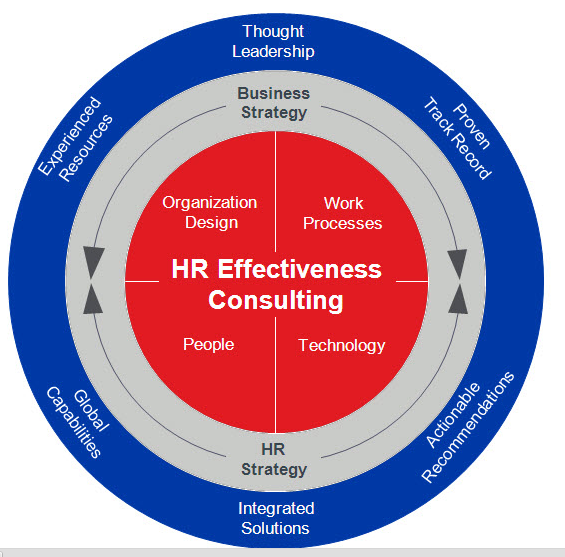
When Johnson refused to pay, he discovered that there was no "buy" button next to each of his company's books on the site. He paid Amazon the necessary amount, and the books were again available for sale. Amazon's income-spending approach is unpopular in many areas, but it's definitely a commercially wise move.
Compound balance of income and expenses
Amazon uses analytics to determine where competitors are doing well and what the company needs to catch up on. This led to aggressive expansionism, with the company buying up many competitors over the years.
For example, in 2010, Amazon bought Quidsi, a company that provided cheap products for new parents. Wal-Mart also bid for Quidsi, but it was too late because Bezos threatened the startup to lower diaper prices if they didn't sell the company to him.
Bezos realized that he could connect the store and the customers like never before. This allowed him to create a store that can provide anyone with anything.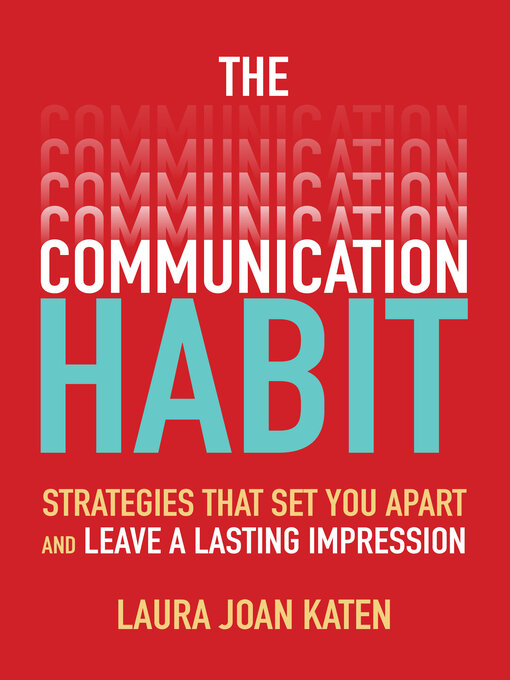
Thus began a retail revolution that has continued to evolve, and now no leading retailer is complete without selling online.
The same year that Amazon was born, so was eBay, an auction site that arguably marked the democratization of the market, as buyers bid on everything from luxury yachts to stuffed stoats to celebrity bites.
In 2013, global e-commerce was valued at about $1.2 trillion. And Bezos did not miss his chance.
The client is our master
When customers and competitors weren't happy with something, Bezos gave the customer the best solution first. His philosophy was that the customer should get everything he wants.
While everyone thinks metrics drive business, Bezos has a public email address to reach consumers directly.
When an employee one day decided to find out why entire teams of people had to be distracted from their daily tasks for the sake of minor customer complaints, Bezos argued that "we treat them like precious sources of information. "
"
The Amazon founder compares the Internet to a growing area, constantly changing and having its own upheavals and challenges. Combining a rigorous focus on cost/income balance with a relentless customer focus, he has created a store designed to cater to every individual's needs, an accomplishment only found in the internet world and unparalleled in the history of commerce.
Microsoft
Bill Gates, being the head of Microsoft, became one of the richest people on the planet. Focusing on business customers and then personal users, he watched his company's software (and Microsoft Windows in particular) become the world's most widely used software.
He paved the way for success by repeatedly being first to market in the growing software sector and making lucrative deals that ensured rapid distribution of his products.
While still in school, Gates became an outstanding programmer, writing programs for commercial firms, and as a teenager he was doing business, honing his skills on school computers.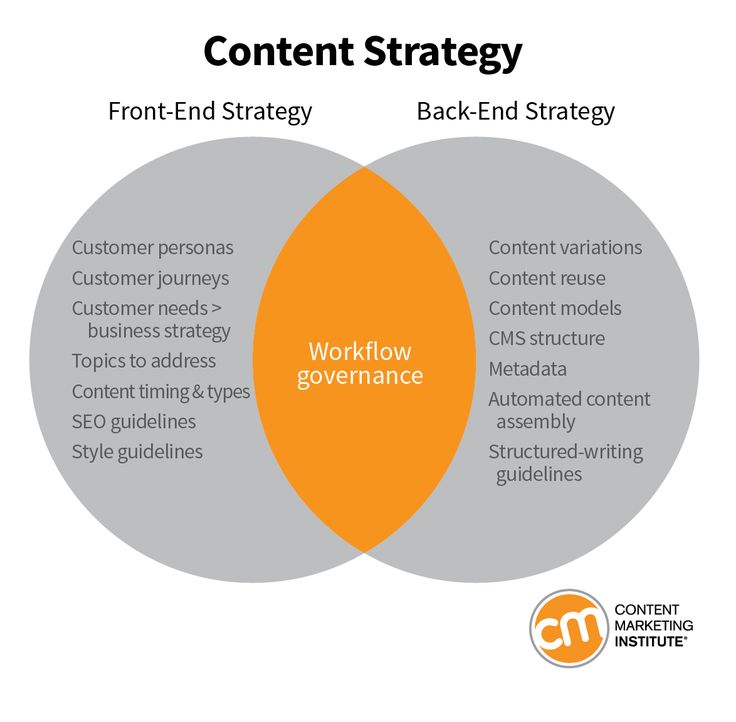
In 1975, Gates (a student at Harvard) and his old school friend, Paul Allen, sought to take the popularity of computer programming to the next level. Hungry for progress, Gates made a bold move that epitomizes his approach to business. At that time, a company called MITS released the first of the microcomputers, the Altair 8800.
Such computers were very expensive, but Gates came to the conclusion that very soon the computer would drop in price so much that, in the end, it would be much more profitable to release accompanying software (SW). It was a risky assumption that turned out to be true. Desperate Gates decided to become the main figure in an industry that did not even exist yet.
So he called the head of MITS, Ed Roberts, and said he was developing a modified version of the BASIC programming language for use on the Altair 8800. Intrigued, Roberts said he would like to see it and made an appointment in a few weeks.
In fact, Gates and Allen did not create such software, but simply wanted to see if it would be of interest to the head of MITS.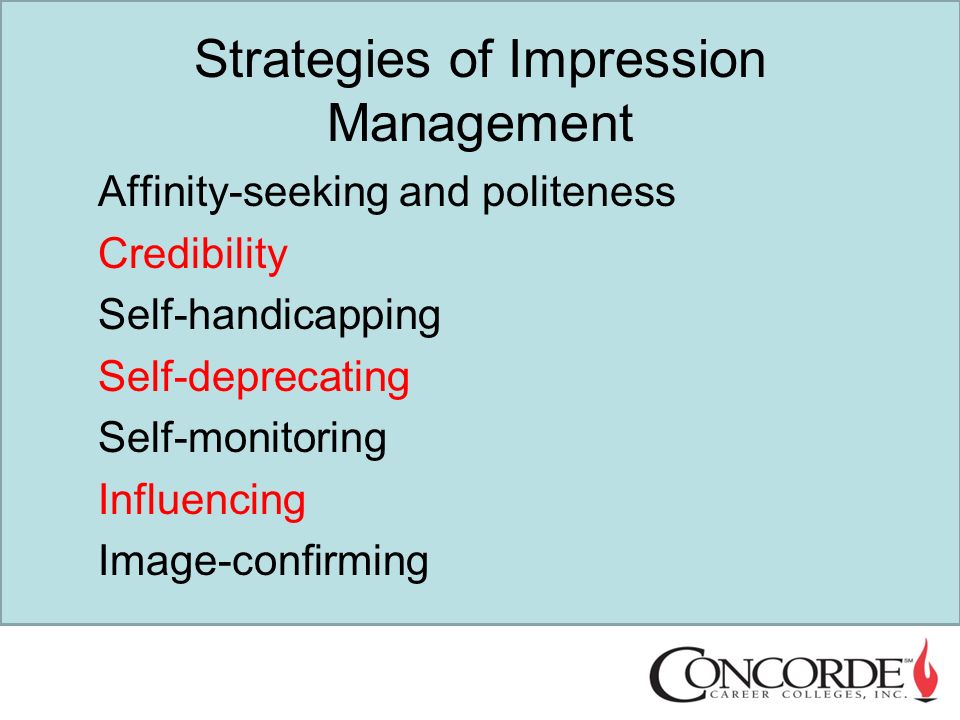 Now they had to, as soon as possible, come up with something that could impress Roberts. Amazingly, they still managed to make a deal with MITS. Some time later, Gates and Allen created Micro-soft (later removing the hyphen).
Now they had to, as soon as possible, come up with something that could impress Roberts. Amazingly, they still managed to make a deal with MITS. Some time later, Gates and Allen created Micro-soft (later removing the hyphen).
Apple vs Microsoft
The personal rivalry between Gates and Apple's Steve Jobs propelled the technological revolution that began at 1970s.
While Jobs viewed the computer as a means of expressing individual creativity, Gates viewed it as the driving force behind commerce. They fell out over the release of Windows, and Jobs accused Microsoft of plagiarizing Apple's interface. But by the mid-1990s, it looked like Microsoft had won the technology battle.
That all changed at the turn of the century, when Apple's creations like the iPad, iPod, and iPhone overtook Microsoft in value. But our world turned out to be too big for the two of them, and for consumers this is only a plus.
Bold deal specialist
Over the next few years, the company gradually gained momentum, developing software for a number of different companies.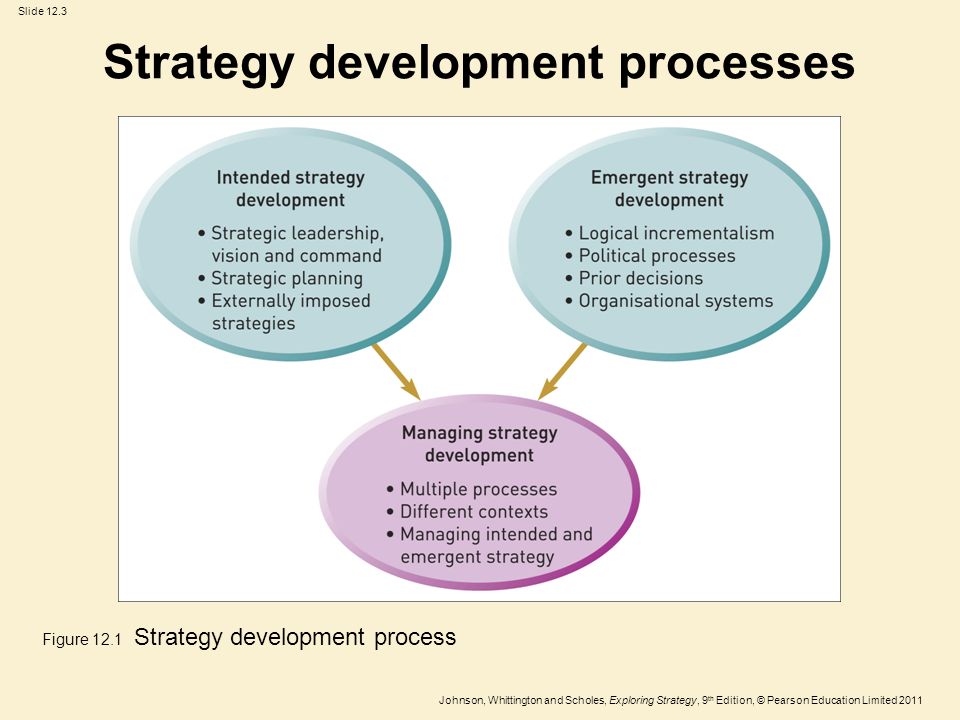 By the end of the decade, Microsoft was making $2.5 million in annual revenue. For some, this success would have been enough, but not for Gates, who always dreamed of doing as much as possible, and in 1980 he struck a deal that changed everything.
By the end of the decade, Microsoft was making $2.5 million in annual revenue. For some, this success would have been enough, but not for Gates, who always dreamed of doing as much as possible, and in 1980 he struck a deal that changed everything.
IBM was the undisputed leader in the computer world, and it was preparing its first personal computer (PC). However, it became known that the company is struggling to improve its operating system (OS), which will manage everything that the computer does.
So in July 1980, Gates decided to offer to create an operating system on their behalf. They readily agreed, and Gates adopted a typically pragmatic approach to getting things done.
He bought the rights to the existing operating system from the Seattle company, giving them a modest one-time payment. Then he reconfigured it to meet the needs of IBM, presenting this OS to them as MS-DOS (Microsoft's disk operating system). IBM adopted it, selling it as PC-DOS.
MS-DOS 7.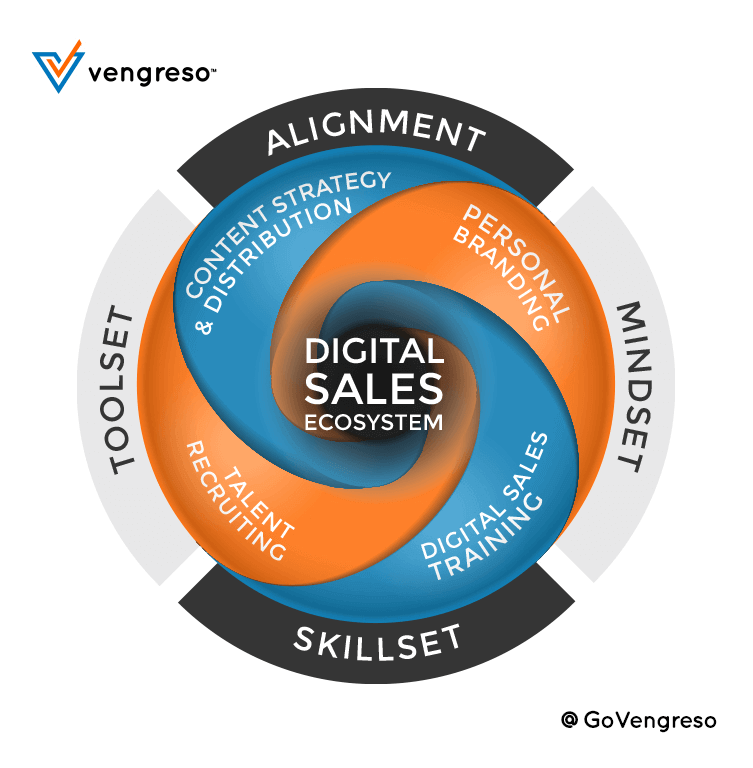 1 after boot
1 after boot
IBM PC was introduced with a choice of three software packages, including PC-DOS. Gates knew that his continued success depended on one of the three. So Microsoft presented a fairly low price for the product, which meant it sold for much less than competing software packages.
It is important to note that Microsoft held the copyright for PC-DOS. And that meant they could license the system to other PC companies based on the IBM model, as predicted (correctly again) by Gates.
This was another calculated risk. However, PC-DOS was by far the most popular of the IBM software packages, and sales of their computers, as well as Microsoft's reputation, grew.
In addition, they soon began to provide MS-DOS to other manufacturers, while earning a lot of money. Between 1980 and 1981, sales increased from $7 million to $16 million.
In the next few years, Microsoft was of great importance in the booming software business. Less skilled businessmen than Gates may have thought that the entrepreneur wanted to cash in on the IBM deal.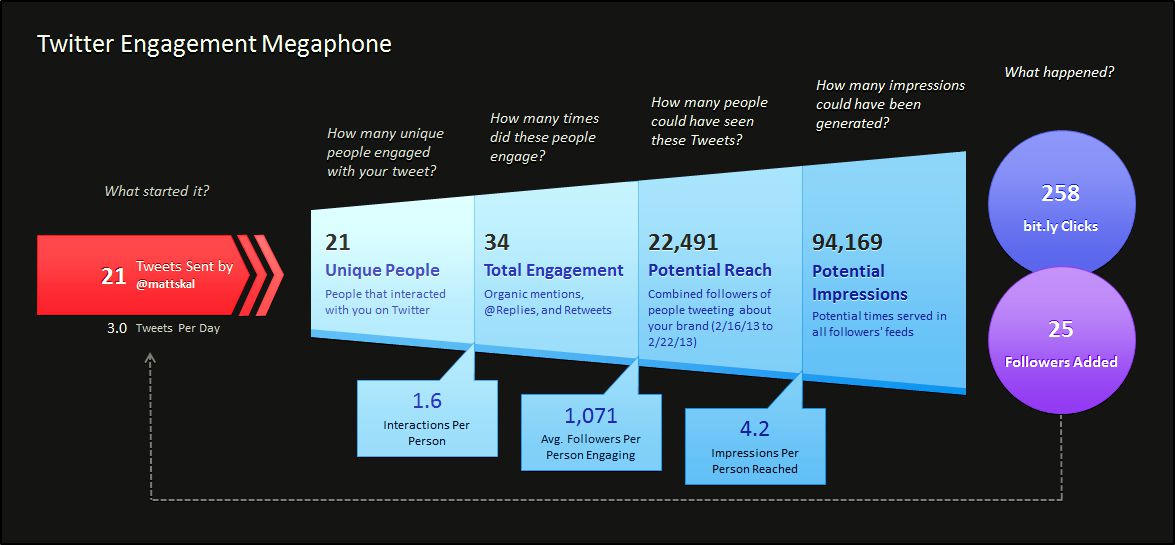 On the contrary, Gates made a small profit from this deal, but used it as a springboard for more serious things.
On the contrary, Gates made a small profit from this deal, but used it as a springboard for more serious things.
Read market
Despite his success with PC-DOS, Gates was not ready to rest on his laurels.
Years later, he announced that in an industry as fast-growing as the technology business, "any company that stays the same will soon be forgotten."
Indeed, he was already well aware of the "next big thing" on the software horizon (a graphical user interface (GUI) that could "brush off" MS-DOS. Gates was adamant that Microsoft should keep the lead.
Now the industry is increasingly forgetting the old giants like IBM and remembering more and more about the nimble "young big boys", among whom Microsoft was the only one who could compete with the Apple of Steve Jobs and Steve Wozniak.
Gates knew that Apple was preparing to release the Macintosh personal computer in 1984 with an elegant interface that users could control with a computer mouse. Gates responded by announcing his own Microsoft Windows GUI in late 1983.
Gates responded by announcing his own Microsoft Windows GUI in late 1983.
The Microsoft Windows GUI eventually went on sale in 1985, a year after the Macintosh. Although it did not become a hit, it gradually gained momentum in the market and soon switched to a second-generation operating system developed for IBM.
While Apple had its fans and Windows its detractors, after several releases, Windows completely dominated the market in the 1990s (especially after the release of the Microsoft Office software package) with its software installed approximately at 90% PC worldwide.
As of 2014, Microsoft's profit exceeds $86 billion. The corporation employs about 130,000 people worldwide. Gates proved himself not only as a talented programmer, but also as a brilliant strategist.
Paths of history, strategy, game, overview, how to play, impressions
Paths of history is a wild mixture of all kinds of browser-based strategies (Travian, tribal war, ikariam, etc.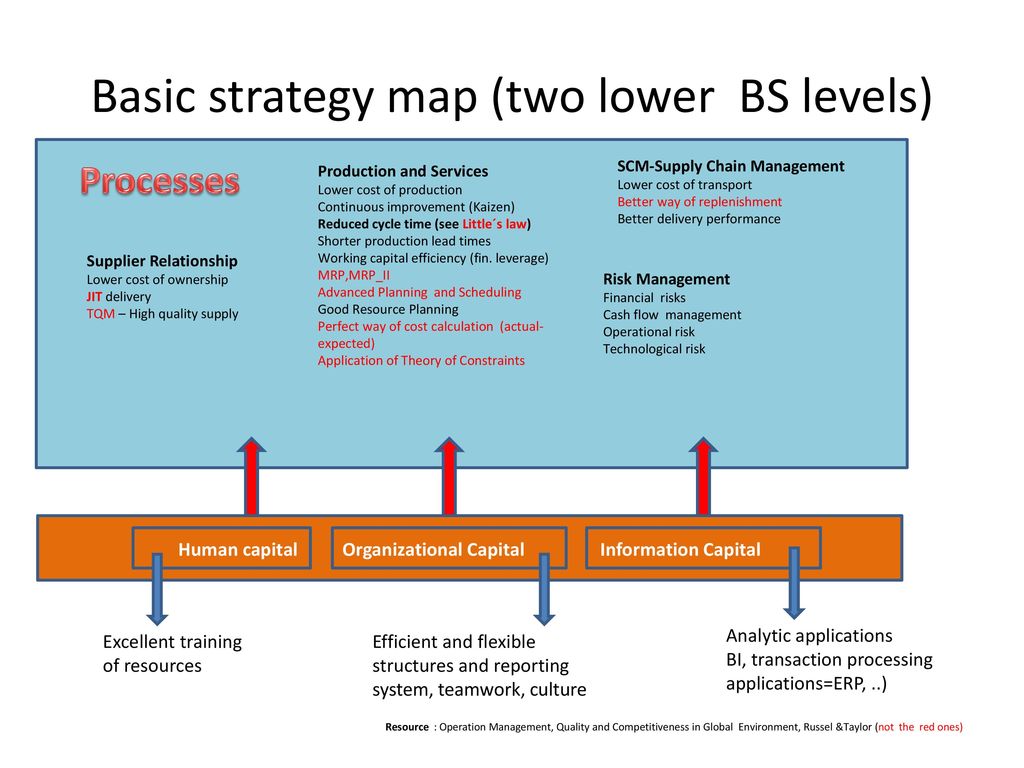 ) and old-school offline Civilization game.
) and old-school offline Civilization game.
At the same time, we can say that the product is unique in its own way, even despite the richness of the associative range and the borrowing of many features.
First of all, the graphics surprise. All the pictures are made in some kind of pictorial style, either in watercolor or paint, but the feeling is funny to play a game with such colors, sweeping strokes. I am not a specialist in painting and graphics, so I can’t accurately characterize, and everything can be seen on the screen.
Then it quickly becomes clear that the Paths of History is designed for a long leisurely game. Long - for months, unhurried - because it does not require a lot of time. There is such a phrase about travian, which can be fully attributed to the VP - “ damn, i hate my friend. I threw off the link to the toy with the words - check out the cool toy, you can develop by entering the game just a couple of times a day for 5 minutes. However, everything is real in the Ways.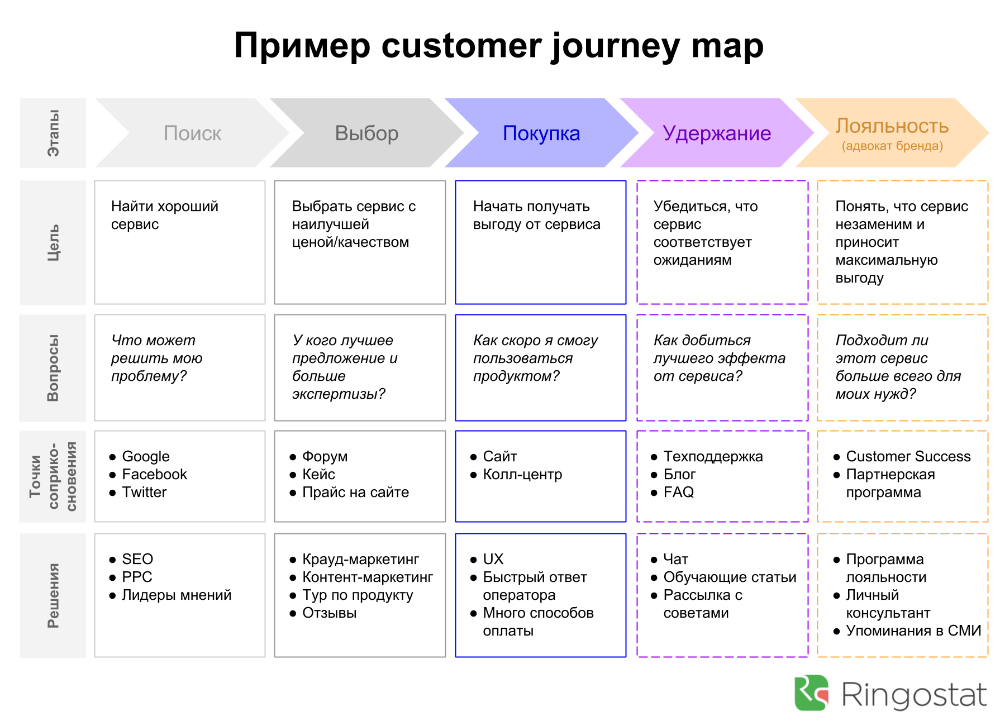 . True, at first he went along the scientific path.
. True, at first he went along the scientific path.
At the start, we traditionally get a small village, which we are offered to rebuild and develop in every possible way, build huts, dugouts, caches, and so on.
Some originality, but in reality - copying from civilization, can be traced in the fact that everything is tied to science and knowledge.
Depending on the number of villagers, the altar and the presence of a petroglyph, you get a certain amount of knowledge per day, which can be spent on learning sciences such as hunting, farming, the warrior code. By studying science, we accordingly increase the general level, new buildings and units are opened. Instead of clubmen and horsemen, we begin to use paratroopers and tanks, for example.
Also interesting is the course with the distribution of the direction of the development of the village. Not enough knowledge - we drive knowledge production by 60%, lowering wood and food production by 20%, and vice versa.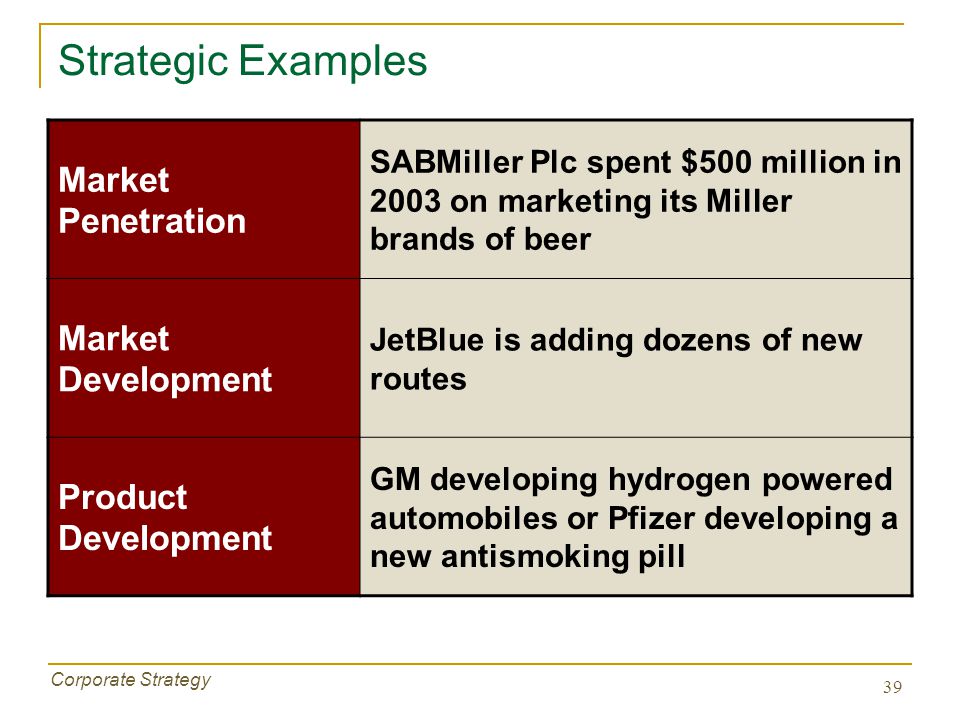

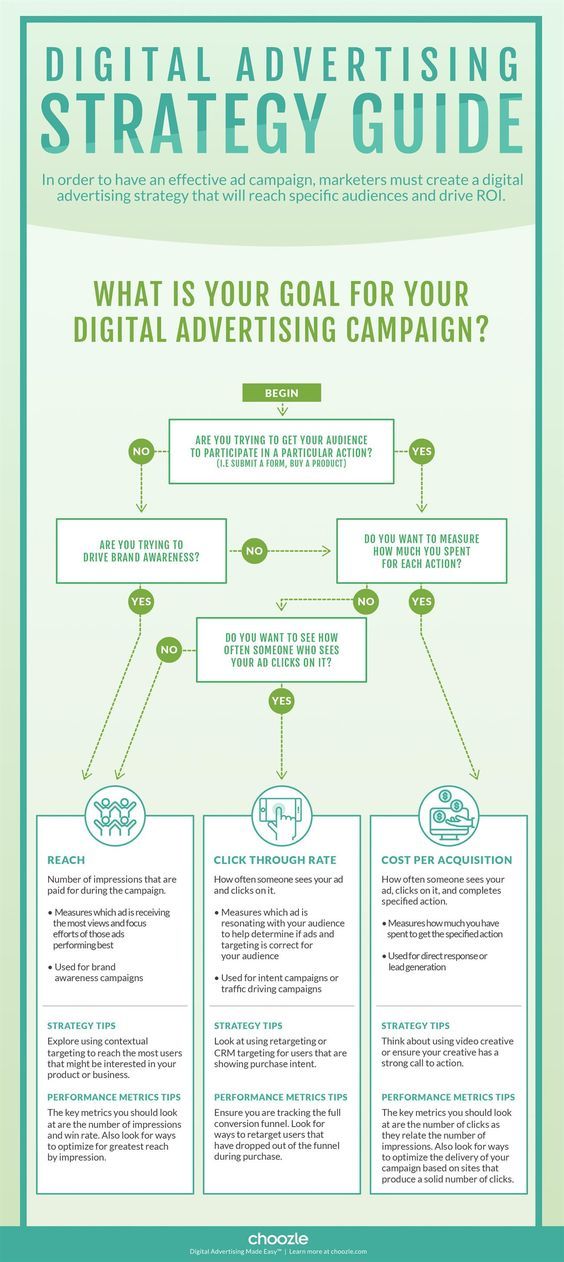
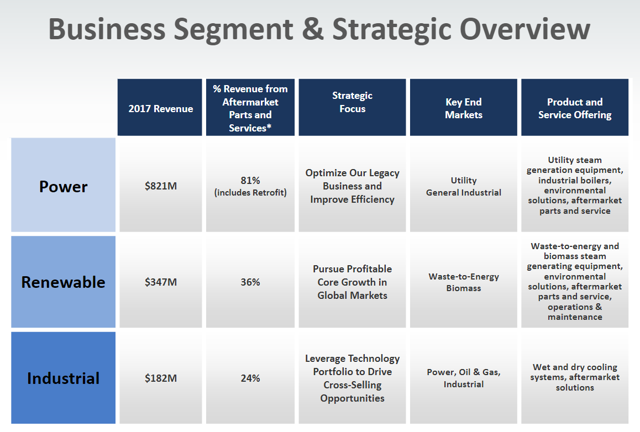
 For example, if students learn the meaning of refuge as "a safe place," they might want to right-click on the word in order to search the internet for usage examples showing how refuge is often used in phrases such as "house of refuge" or "to seek refuge in...."
For example, if students learn the meaning of refuge as "a safe place," they might want to right-click on the word in order to search the internet for usage examples showing how refuge is often used in phrases such as "house of refuge" or "to seek refuge in...."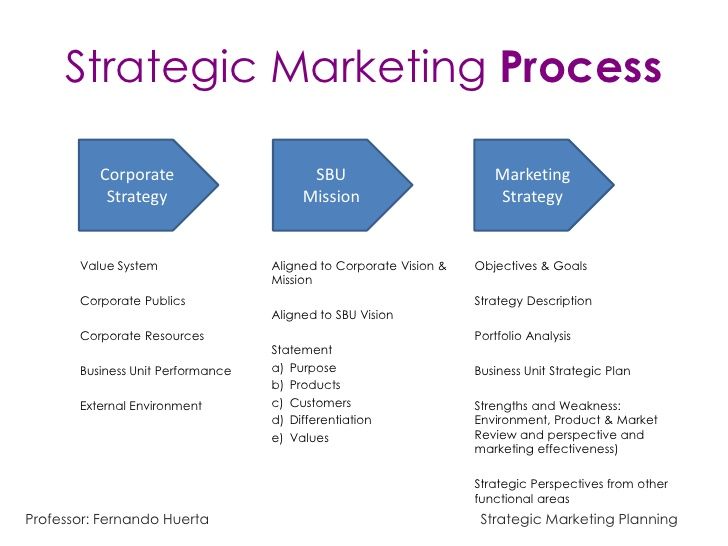
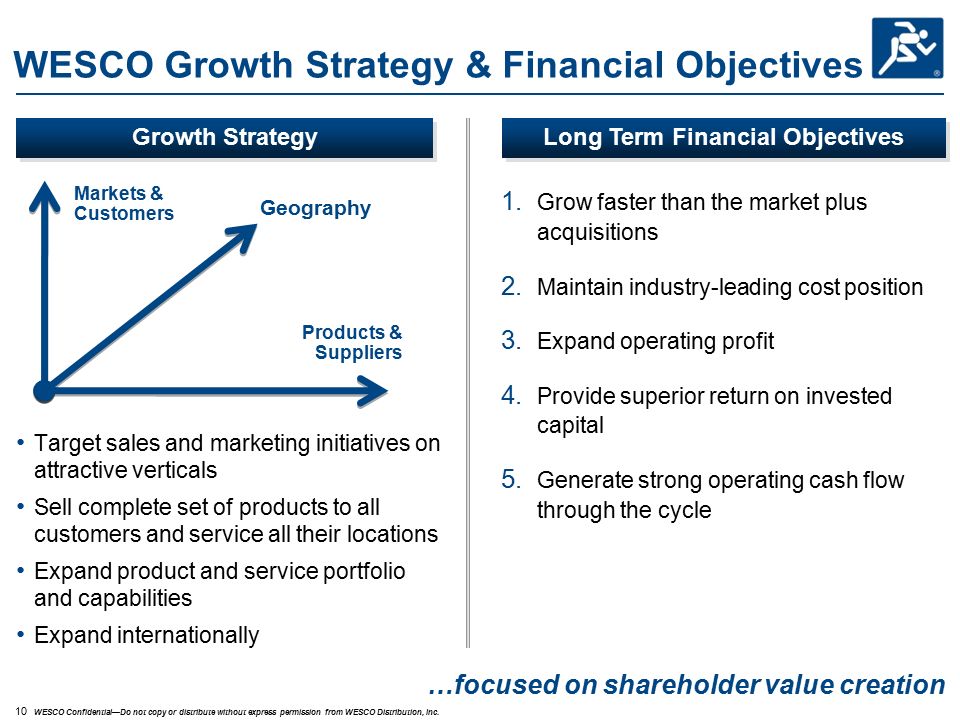
 g., glossary, dictionary, thesaurus) to determine the meaning, pronunciation, and derivations of unknown words
g., glossary, dictionary, thesaurus) to determine the meaning, pronunciation, and derivations of unknown words 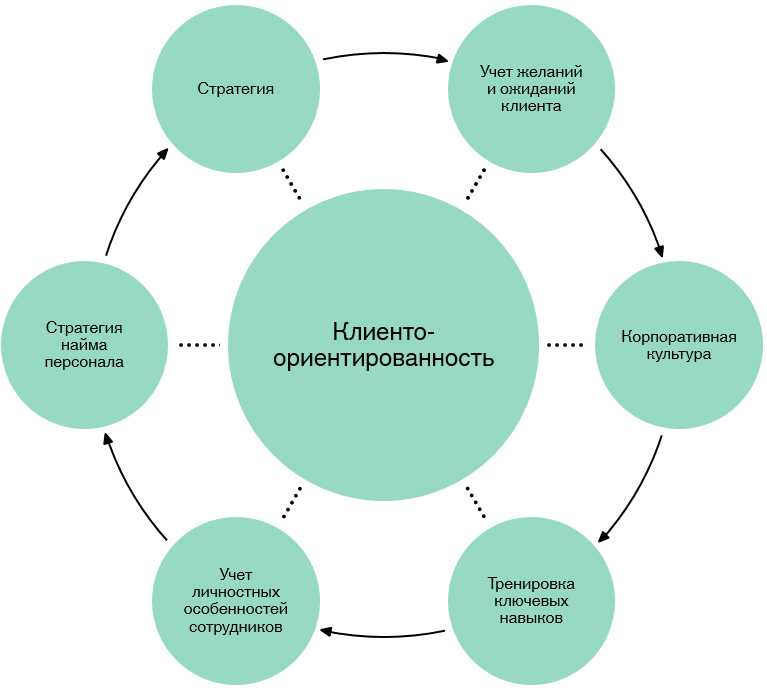 Uses specific strategies to clear up confusing parts of a text (e.g., pauses, rereads the text, consults another source, represents abstract information as mental pictures, draws upon background knowledge, asks for help)
Uses specific strategies to clear up confusing parts of a text (e.g., pauses, rereads the text, consults another source, represents abstract information as mental pictures, draws upon background knowledge, asks for help) 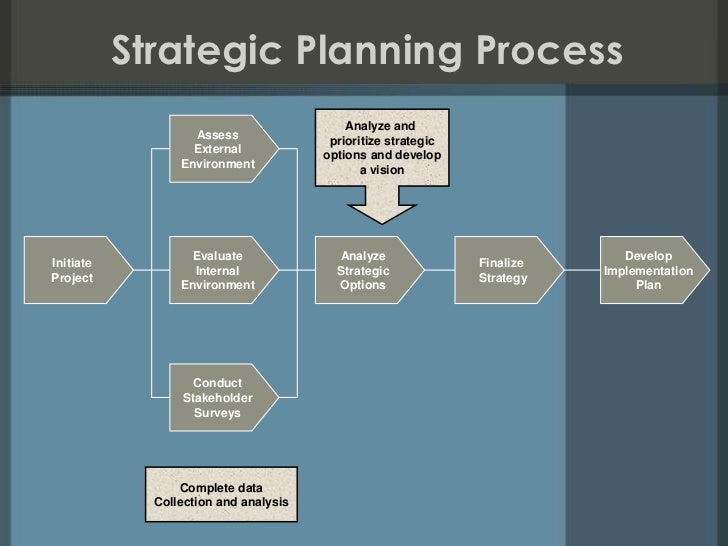 Understands similarities and differences within and among literary works from various genre and cultures (e.g., in terms of settings, character types, events, point of view; role of natural phenomena)
Understands similarities and differences within and among literary works from various genre and cultures (e.g., in terms of settings, character types, events, point of view; role of natural phenomena)  Understands complex elements of plot development (e.g., cause-and-effect relationships; use of subplots, parallel episodes, and climax; development of conflict and resolution)
Understands complex elements of plot development (e.g., cause-and-effect relationships; use of subplots, parallel episodes, and climax; development of conflict and resolution) 